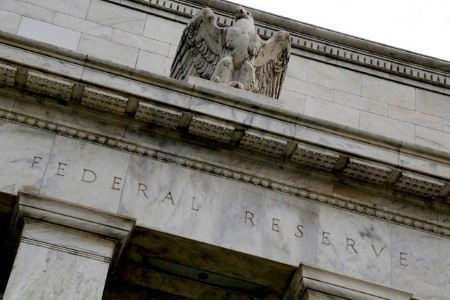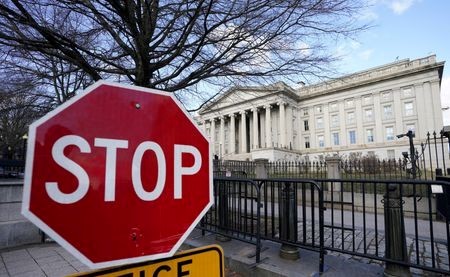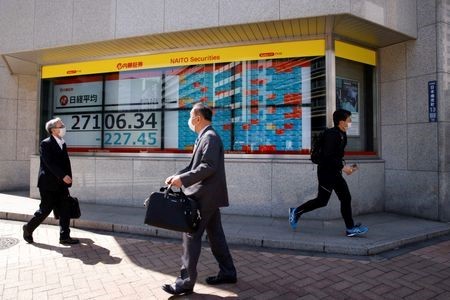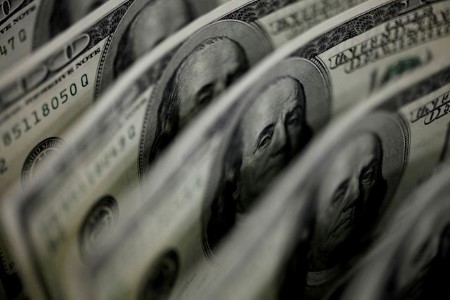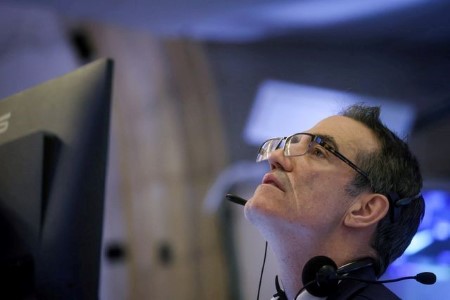Gold prices were set on Friday for their biggest weekly gain in nearly two months, as a softer dollar and hopes for a pause in the Federal Reserve’s tightening campaign bolstered bullion’s appeal.
Spot gold was little changed at USD 1,977.31 per ounce by 0726 GMT. US gold futures GCcv1 steadied at USD 1,994.50.
Bullion has gained 1.6% so far this week, heading for its best week since the week ended April 7.
Current gold market sentiment remains constructive, and prices could move a little higher from here as the Fed is expected to stay on hold in June, said Edward Meir, a metals analyst at Marex.
Philadelphia Fed President Patrick Harker said on Thursday US central bankers should not raise interest rates at their next meeting, even though high inflation is coming down at a “disappointingly slow” pace.
Markets now see a 71.5% chance of rates remaining unchanged in June. Gold, which does not yield any interest of its own, loses appeal when interest rates rise.
The dollar index dipped to a one-week low, making gold less expensive for buyers holding other currencies.
Meanwhile, the US Senate passed bipartisan legislation backed by President Joe Biden that lifts the government’s USD 31.4 trillion debt ceiling, averting what would have been a historic, first-ever default.
On the data front, investors will keep a tab on the US Labor Department’s non-farm payrolls (NFP) report due at 1230 GMT.
The figures could again sway “market opinion with regards to what the FOMC does next week”, said Tim Waterer, chief market analyst at KCM Trade.
A strong labor market print could see a bounce-back in the dollar, which would not help gold, Waterer added.
Spot silver ticked down 0.1% to USD 23.8783 per ounce, but headed for a weekly gain.
Platinum rose 0.8% to USD 1,013.90, and palladium advanced 0.3% to USD 1,398.30 – both set for weekly losses.
(Reporting by Arundhati Sarkar in Bengaluru; Editing by Subhranshu Sahu and Susan Fenton)






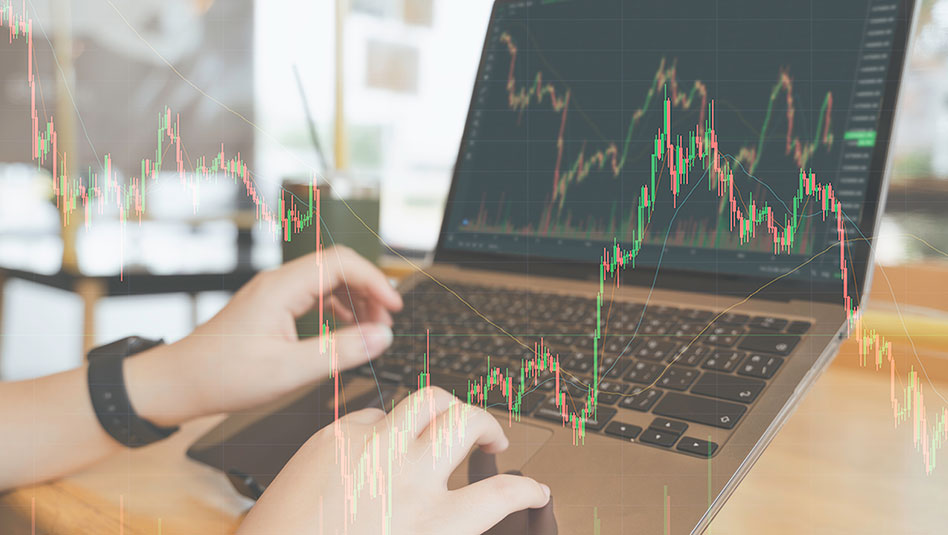
 DOWNLOAD
DOWNLOAD






